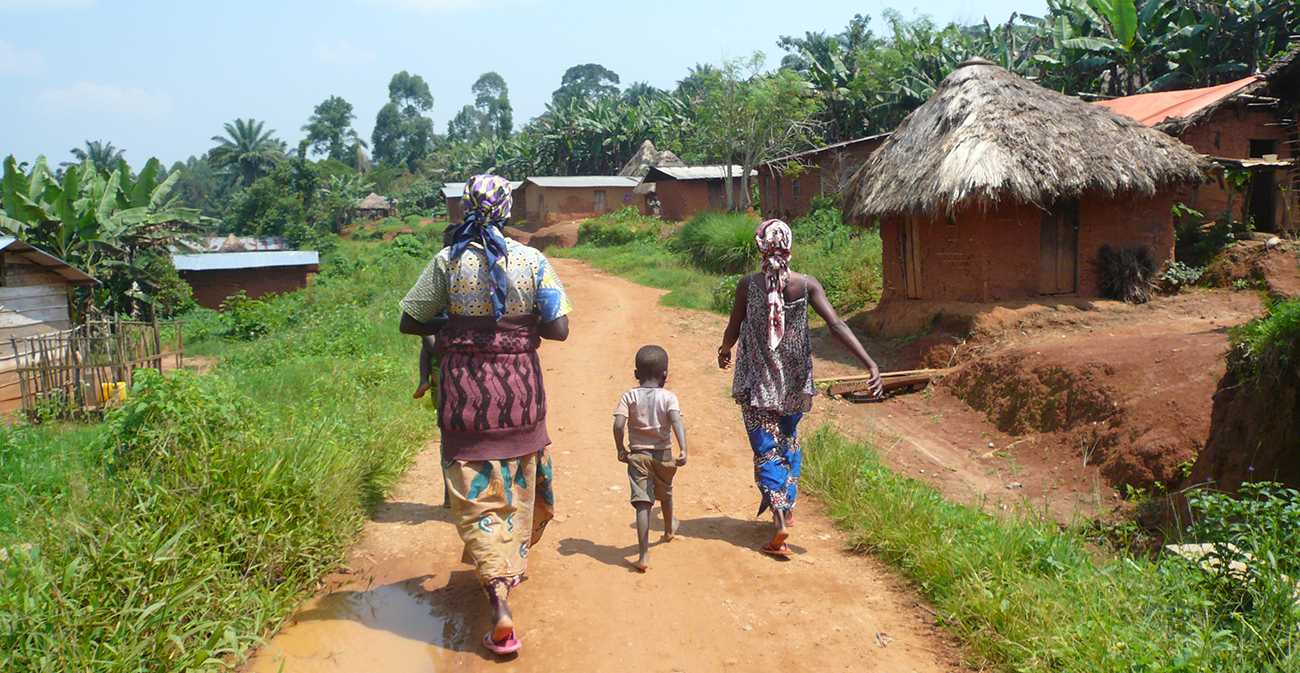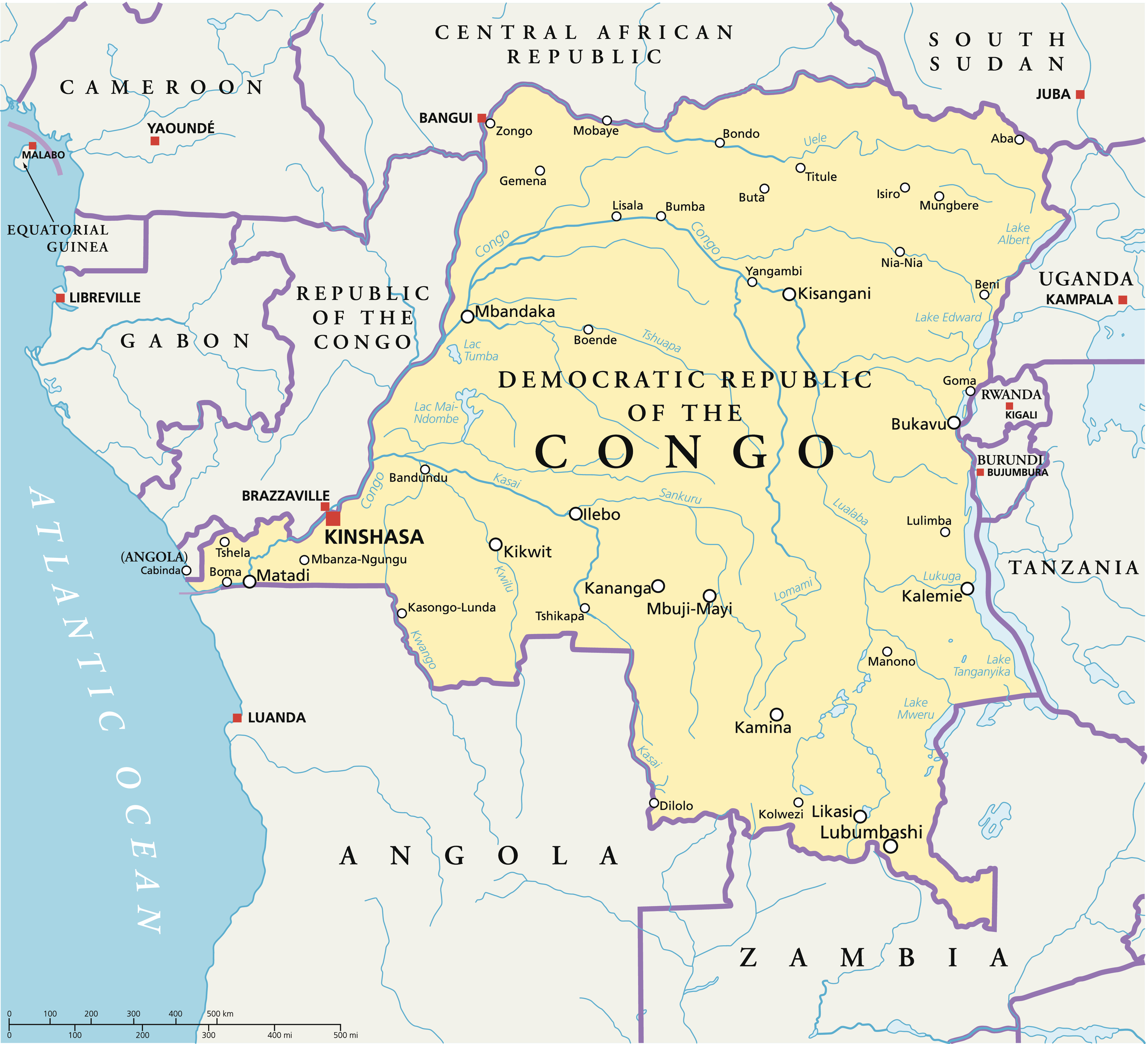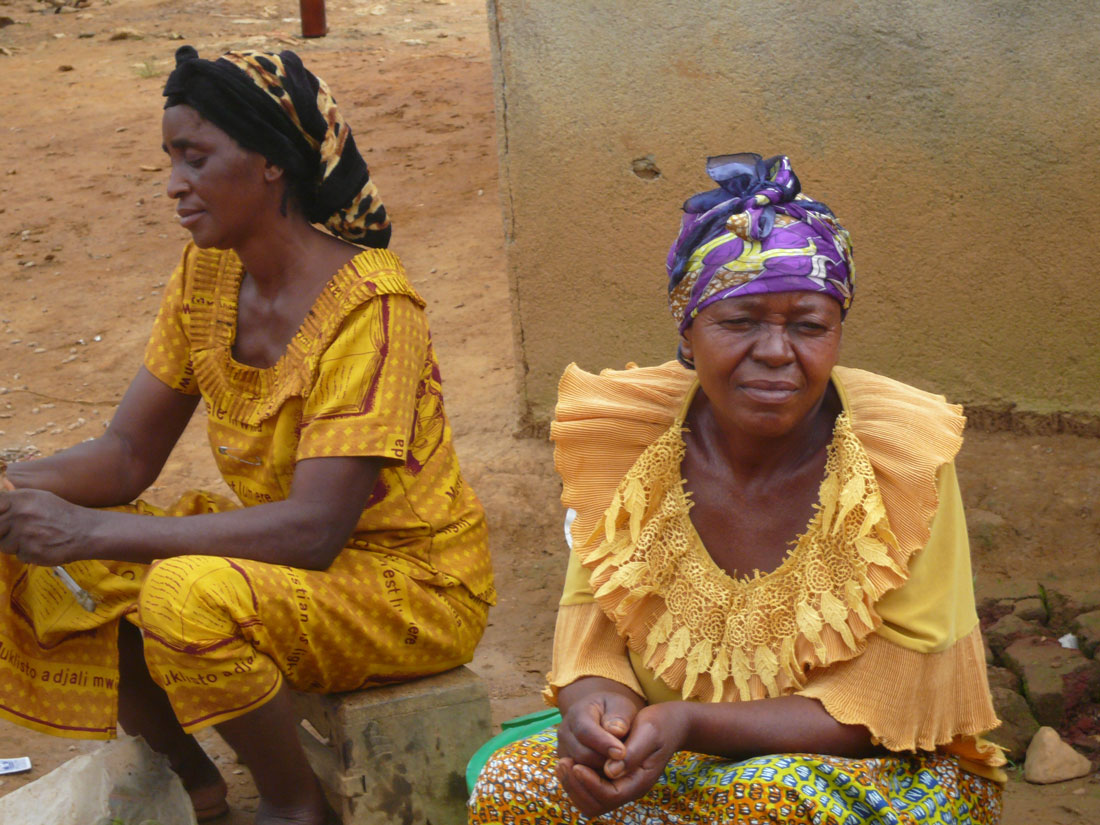Mixed Methods Evaluation of the Alternative Responses for Communities in Crisis (ARCC) II Program in the Democratic Republic of the Congo (DRC)

Although there has been less experience with universal cash transfers (UCTs) in Africa, particularly in humanitarian settings, they are among the more promising options for delivering assistance. The existing evidence indicates that providing cash in humanitarian crises may be an efficient way of helping people and stimulating markets. First, in contrast to in-kind approaches, cash transfers give beneficiaries greater choice and control over the way in which they meet their own needs, allowing them to access the goods and services that they prioritize and value most. Second, cash transfers allow recipients to address needs that are difficult to address through an in-kind or service delivery programme, such as making down payments on land or housing or  repaying debts. Third, UCTs can make limited humanitarian aid go further, as it generally costs less to provide people with money than with in-kind or voucher assistance, which incurs transportation and storage costs.
repaying debts. Third, UCTs can make limited humanitarian aid go further, as it generally costs less to provide people with money than with in-kind or voucher assistance, which incurs transportation and storage costs.
AIR partnered with UNICEF-DRC to compile and analyze data and lessons learned from the Alternative Responses for Communities in Crisis (ARCC) II program in the Democratic Republic of the Congo (DRC). Based on an analysis of extensive quantitative and qualitative data collected by the ARCC partners, as well as additional qualitative data collection in the field, AIR and UNICEF used evaluation methods to investigate the effects of the ARCC II program. The study addressed three key research questions: we looked at whether cash-based interventions contributed to the program’s overall objective of improved well-being and reduced vulnerability for children and households in humanitarian and transition settings. When investigating this question, we examined if program beneficiaries had increased access to essential goods and services and livelihood opportunities, which ultimately required an understanding of the purchasing patterns of program beneficiaries. We also explored a broad scope of indicators reflecting well-being and food, material and financial vulnerability.
UNICEF’s aim in collaborating with AIR on this study was to help fill the evidence gap on cash transfers in humanitarian settings. As ARCC II was the single largest unconditional multi-purpose cash transfer program at the time, with activities implemented by three partners in response to different types of population movement crises, it provided a rich and varied subject that allowed us to address the gaps in the literature on the use of cash in humanitarian settings.
Report and Key Findings
 Our research showed that ARCC II beneficiaries spent money on items in line with the programme’s objectives and were able to increase their well-being and resilience. In the protective domain, the study demonstrated the programme’s positive impacts on food security and overall consumption and its success in enabling households to engage in positive coping strategies in the face of future shocks (such as increasing savings). We also found positive impacts of the programme in three out of four common welfare indicators: the HHI (household hunger index), the FCS (food consumption score), and the NFI (non-food items) score.
Our research showed that ARCC II beneficiaries spent money on items in line with the programme’s objectives and were able to increase their well-being and resilience. In the protective domain, the study demonstrated the programme’s positive impacts on food security and overall consumption and its success in enabling households to engage in positive coping strategies in the face of future shocks (such as increasing savings). We also found positive impacts of the programme in three out of four common welfare indicators: the HHI (household hunger index), the FCS (food consumption score), and the NFI (non-food items) score.
In the social domain, ARCC II led to increases in school enrollment among boys and positive results for children’s access to health care. For example, children of beneficiary households were 21 percent more likely to access health care when needed, compared to the comparison group. In the productive domain, ARCC II sparked increased agricultural activity, increased ownership of agricultural assets (such as livestock) and strengthened farm and non-farm income. This combination of impacts improved the overall resiliency of households in terms of managing and coping with future shocks.

